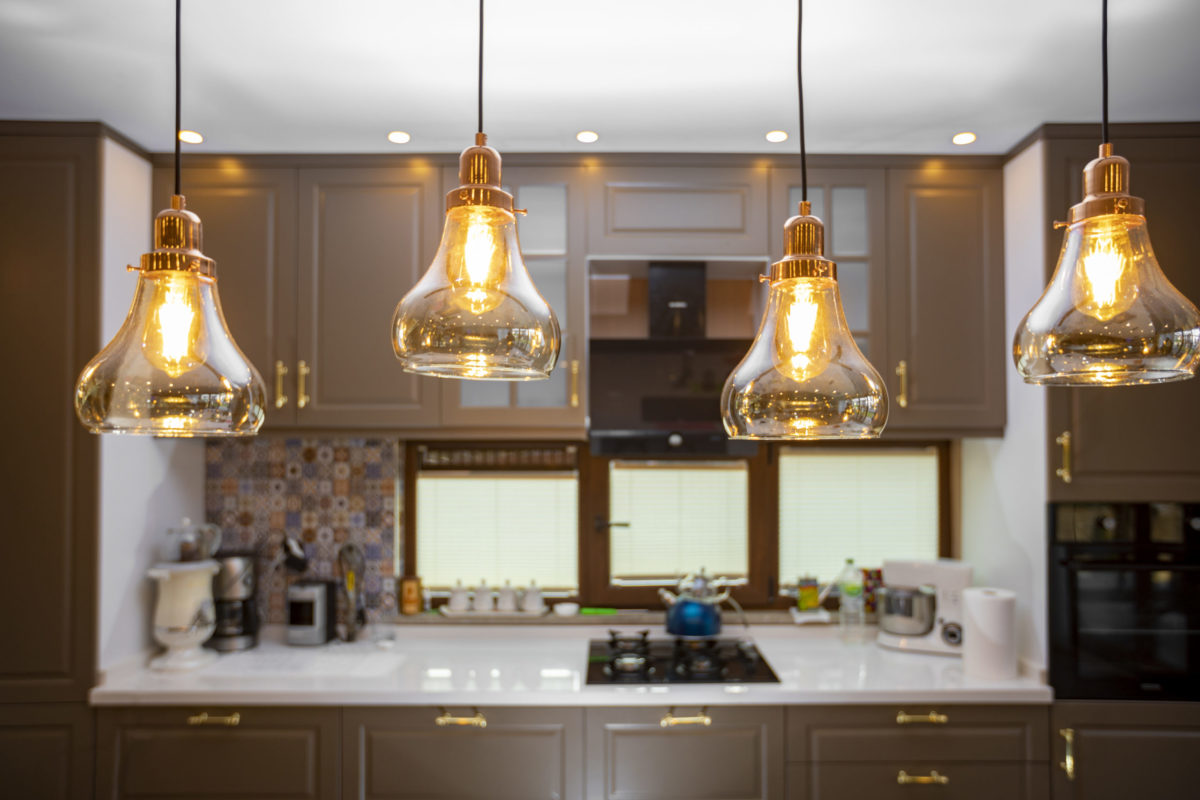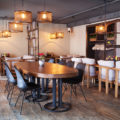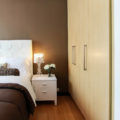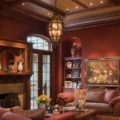LED light bulbs have been gaining popularity in recent years as more people look for energy-efficient lighting options. Despite their numerous benefits, there are still some common myths and misconceptions surrounding LED bulbs that may prevent people from making the switch. In this article, we’ll debunk these myths and provide accurate information about LED bulbs to help you make an informed decision about your lighting needs.
Myth #1: LED Bulbs Are Too Expensive
One of the most common myths about LED bulbs is that they are too expensive. While it’s true that LED bulbs may have a higher upfront cost compared to traditional incandescent bulbs, they are actually more cost-effective in the long run. LED bulbs last up to 25 times longer than incandescent bulbs and use up to 80% less energy, resulting in significant cost savings on your energy bill.
Myth #2: LED Bulbs Are Not Bright Enough
Another common myth about LED bulbs is that they are not bright enough. However, LED bulbs come in a range of brightness levels measured in lumens, just like traditional bulbs. In fact, many LED bulbs can produce the same or even brighter light than traditional bulbs while using less energy.
Myth #3: LED Bulbs Don’t Come in Warm Colours
LED bulbs are often associated with cold, harsh light that doesn’t create a cosy ambiance. However, LED bulbs come in a range of colour temperatures measured in Kelvin, including warm tones that mimic the warm light of traditional incandescent bulbs. You can choose the colour temperature that best suits your needs and preferences.
Myth #4: LED Bulbs Contain Harmful Materials
Some people believe that LED bulbs contain harmful materials such as mercury, but this is not true. LED bulbs do not contain any toxic materials, making them safer for the environment and your health. Additionally, LED bulbs do not emit UV radiation or generate heat, which reduces the risk of fire hazards.
Myth #5: LED Bulbs Cannot Be Used in Any Fixture
Finally, some people believe that LED bulbs cannot be used in any fixture. However, LED bulbs are now available in a range of sizes and shapes that fit most fixtures, from standard light sockets to recessed lighting and chandeliers. There are even LED bulbs that are compatible with dimmer switches, giving you greater control over your lighting.
In conclusion, LED bulbs are a safe, cost-effective, and energy-efficient lighting option that can replace traditional incandescent bulbs. By debunking these common myths and misconceptions, we hope that we have provided you with accurate information about LED bulbs that can help you make the switch. We encourage you to consider switching to LED bulbs for your home or business to save energy and reduce your carbon footprint.




